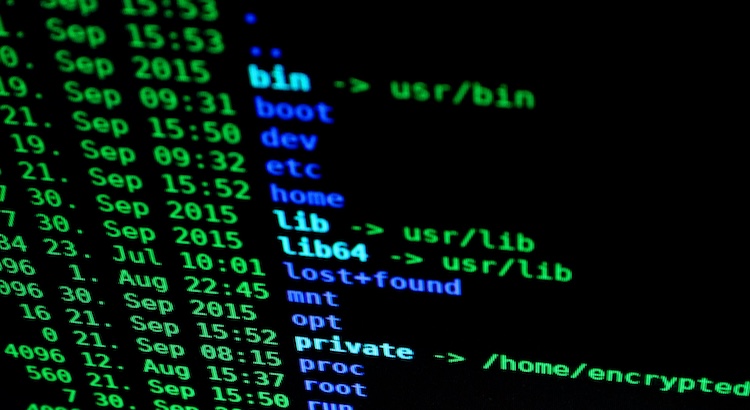Data Security in Transcription: Protecting Privacy in the Digital Age
Transcription services process large amounts of sensitive information, including legal depositions, medical records, confidential business meetings, and market research. With cyber threats on the rise, ensuring the security of data during transcription is more important than ever. This guide explains why data security matters, outlines the main compliance standards affecting the industry, and shares steps both providers and clients can follow to keep information safe.
Why Data Security Is Critical
-
Sensitive Content Across Sectors:
- Legal: Court hearings, client communications, and depositions contain details that must remain confidential.
- Healthcare: Patient records and doctor’s notes are protected by strict privacy laws.
- Corporate: Business meetings and employee records often hold trade secrets or proprietary data.
- Reputational Risks: A single data breach can destroy trust, cause negative publicity, or result in legal fines that could harm both transcription providers and their clients.
-
Regulatory Demands:
- HIPAA (U.S. health sector, since 1996): Protects medical data.
- GDPR (EU data, since 2018): Gives people control over their personal data and requires strong data protections.
- Other regional laws require secure handling of personal information, with steep penalties for non-compliance (Transcription services).
Common Vulnerabilities in Transcription
-
Unsecured File Transfers:
- Sending files over email or unprotected platforms leaves them open to interception.
- Poor password habits or using free services without encryption increases risk.
-
Weak Access Controls:
- Shared logins make it impossible to track who accessed files.
- If user roles aren't defined, unauthorized individuals may see confidential data.
-
Insider Threats:
- Staff might accidentally or purposely leak information—by saving files to personal devices or unauthorized cloud services.
- Malicious insiders may steal or sell sensitive information (Verizon, 2023).
-
Outdated Storage Solutions:
- Unpatched servers are targets for hacks and ransomware attacks.
- No or weak encryption makes it easy for hackers to access files.
Key Compliance Standards
-
HIPAA (Health Information Portability and Accountability Act):
- Applies to medical data in the U.S.
- Requires data encryption, secure logins, and audit trails for file access.
- Non-compliance can lead to high fines and criminal charges.
-
GDPR (General Data Protection Regulation):
- Protects EU residents' data and affects global companies.
- Focuses on "privacy by design," limiting data collection and enforcing strong encryption.
- Fines can reach 4% of global turnover or €20 million, whichever is higher (European Commission, 2020).
-
ISO 27001:
- Provides a global framework for managing information security risks.
- Requires policies and continuous updates to reduce threats.
-
SOC 2:
- Ensures service providers handle user data securely, based on five trust principles: security, availability, processing integrity, confidentiality, and privacy.
Best Practices for Secure Transcription
-
Use Encrypted File Transfers:
- Choose secure file-sharing with SSL/TLS, not email attachments.
- Opt for encrypted cloud services with strong access controls and multi-factor authentication.
-
Role-Based Access Controls (RBAC):
- Give each person unique logins with only the permissions needed for their job.
- Monitor user activity to spot suspicious access or edits.
-
End-to-End Encryption:
- Encrypt files during transfer and while stored ("in transit" and "at rest").
- Even if hackers access servers, encrypted data remains protected.
-
Employee Training:
- Teach staff how to identify phishing attacks, use strong passwords, and follow secure data practices.
- Enforce guidelines for remote work, such as VPN use and approved devices.
-
Limit Data Retention:
- Delete transcripts and recordings after the project or after a defined storage period.
- Less stored data means less exposure if a breach happens.
-
Regular Security Audits:
- Test systems often for risks and weaknesses.
- Apply security patches and updates quickly.
Focus: Healthcare and Legal Transcription
-
Healthcare:
- Medical records require special handling—HIPAA rules demand encryption, secure channels, and intensive staff training.
- Medical transcribers must respect privacy under both regulation and professional conduct.
-
Legal:
- Court depositions and witness statements require complete confidentiality.
- Providers may sign NDAs or use on-site transcription for highly sensitive materials.
How GoTranscript Protects Your Data
GoTranscript uses strict policies and technology to ensure your information is always secure.
- Encrypted File Transfers: Every transfer uses SSL/TLS, and data is stored with industry-standard AES-256 encryption.
- Advanced Access Controls: We use unique logins, permissions based on job roles, and in-depth activity logs to prevent internal threats.
- Compliance: GoTranscript’s workflows match key regulations such as HIPAA and GDPR. We update policies often to meet new requirements.
- Expert Staff: Each team member receives security training and follows strict protocols, including safe file deletion practices.
To learn more or to order secure transcription services, visit GoTranscript’s website.
Conclusion
As cyber threats increase, keeping data safe during transcription is essential for every industry. By following best practices—like encryption and proper access controls—providers and clients can protect sensitive information and keep up with legal requirements. Whether you work in healthcare, law, business, or research, choosing a trusted partner like GoTranscript means your privacy comes first.
GoTranscript offers a full range of secure solutions, from automated transcription to specialized captioning services and subtitling services. Explore more about affordable transcription pricing, translation services, or transcription proofreading to fit your needs.



















 Verified Order
Verified Order